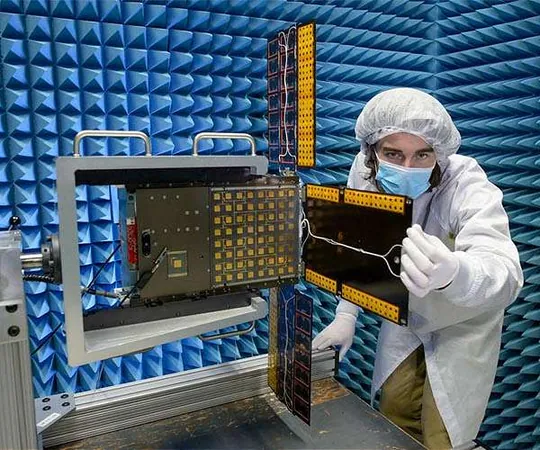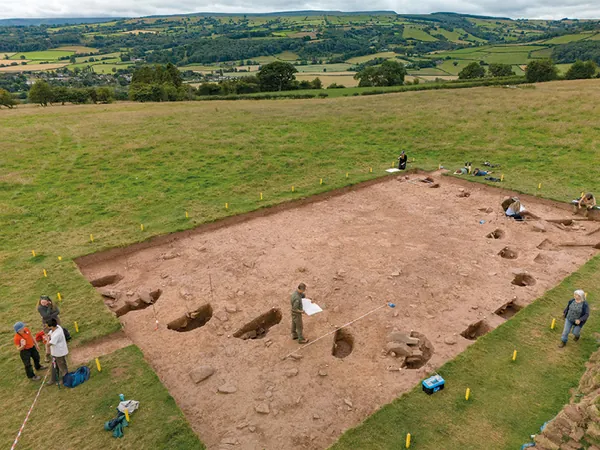
NASA’s BioSentinel Takes on Solar Radiation as Earth’s Auroras Light Up the Sky
2024-09-27
In a breathtaking display of natural wonder, Earth witnessed stunning auroras in May 2024, thanks to a significant geomagnetic storm triggered by massive coronal mass ejections from the Sun. These explosive bursts of plasma and magnetic fields interact with Earth's magnetic field, creating dazzling light shows. But beyond their beauty lies an urgent scientific mission to understand the impact of solar radiation—especially as NASA gears up for future crewed missions to the Moon and Mars.
NASA’s BioSentinel and its Mission
NASA’s BioSentinel, a small spacecraft about the size of a cereal box and currently orbiting the Sun over 30 million miles from Earth, played a crucial role during this event. Despite operating far from Earth’s magnetic protection, BioSentinel gathered essential data that will help researchers understand the potential risks solar radiation poses to human health in deep space.
According to Sergio Santa Maria, the principal investigator for BioSentinel at NASA's Ames Research Center, “We wanted to take advantage of the unique stage of the solar cycle we're in—known as solar maximum—when solar activity is at its peak. These data are crucial not only for the heliophysics community but also for ensuring the safety of astronauts on long-term missions into deep space.”
Significance of Recent Findings
During the recent storm, BioSentinel confirmed that while the event was significant, it was categorized as a moderate solar radiation storm, meaning it posed no serious risk to spacecraft or human life. Such findings are invaluable for mapping the trajectory and potential hazards of solar radiation storms as humanity prepares to venture beyond our planet.
The Evolution of BioSentinel
Originally intended to study biological samples, specifically yeast, in the harsh conditions of deep space, BioSentinel has evolved to provide vital information about how cosmic radiation affects life. Even though the biological component of the mission concluded shortly after its launch in November 2022, the spacecraft continues to deliver critical insights, making it an essential asset for future deep-space exploration.
“The ongoing operations of BioSentinel highlight the relevance of our work. The spacecraft's ability to gather and relay data far from Earth is a testament to its design and potential utility for long-term missions beyond low Earth orbit,” Santa Maria stated.
Conclusion and Future Prospects
As Earthlings gaze upward at the spectacular auroras, marveling at the celestial dance, we are reminded of the powerful cosmic forces shaping our world. NASA's ongoing efforts with innovations like BioSentinel underscore the importance of understanding these phenomena, ensuring that as we reach for the stars, we do so with the knowledge and tools necessary to thrive in the vastness of space.
Stay tuned, as this mission continues to unlock the mysteries of our universe!






 Brasil (PT)
Brasil (PT)
 Canada (EN)
Canada (EN)
 Chile (ES)
Chile (ES)
 España (ES)
España (ES)
 France (FR)
France (FR)
 Hong Kong (EN)
Hong Kong (EN)
 Italia (IT)
Italia (IT)
 日本 (JA)
日本 (JA)
 Magyarország (HU)
Magyarország (HU)
 Norge (NO)
Norge (NO)
 Polska (PL)
Polska (PL)
 Schweiz (DE)
Schweiz (DE)
 Singapore (EN)
Singapore (EN)
 Sverige (SV)
Sverige (SV)
 Suomi (FI)
Suomi (FI)
 Türkiye (TR)
Türkiye (TR)